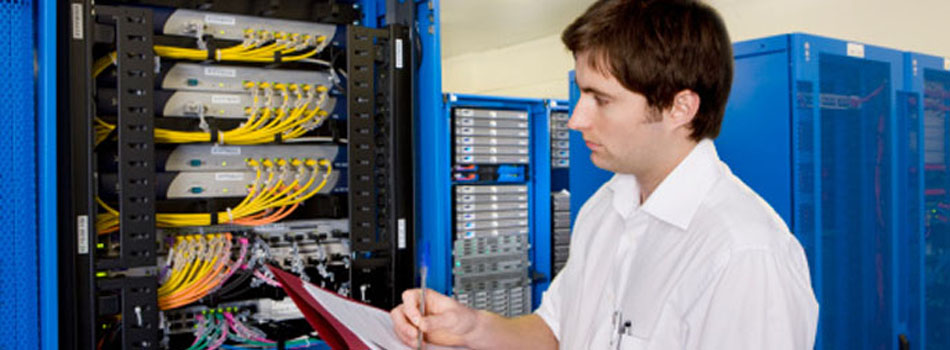7 Components of a Successful IT budget
So, with the groundwork done, you can now move on to the actual budget itself. What are its components? Well, you have to plan spending for at least the following elements:
1) Hardware – This includes consideration of all physical equipment and tools used for work:
- Computers
- Telecom – landline and cell phones, etc.
- Printers
- Wiring (yes, that’s something we can’t forget to cost)
- Other physical electronics
2) Software – All the programs that run on your devices. Remember that software firms are stepping up their software audits. Make sure that you’ve budgeted money to pay for any software you use – better to pay for it the first time around rather than be fined later down the road for using unpaid copies…
3) Subscriptions and Services – And 2) applies for software that is licenced and paid for every month or year instead of a software bought on a one-time basis.
4) Capital – Goods and/or non-financial assets used to produce the firm’s products.
5) Operations – The costs incurred while running a business (although in this case, it’d be the IT portion).
6) Projects – Costs associated with specific tasks.
7) Rainy Day Buffer – Lastly, money should be set aside for unforeseen expenses. They will happen, no matter how well we plan.
Follow-Through for Success: Stick to the Budget
So, you have the groundwork and the elements of this budget. You’re not done though. You have to also make sure you stick to the budget, and constantly check that your spend makes sense as new developments surface (i.e., a new disruptive technology, sudden market shifts, etc.)! The budgeting process can only be viewed as a success:
- If you keep your spending limited to your planned guidelines;
- If you make sure your ROI on the IT spend is worthwhile; and
- If you make adjustments in response to big changes.
Remember, just going through the motions of planning isn’t enough. Strange though it may sound, the budget should be viewed as a living thing more than as a static, unchanging decree!





